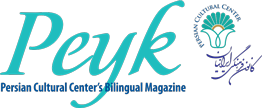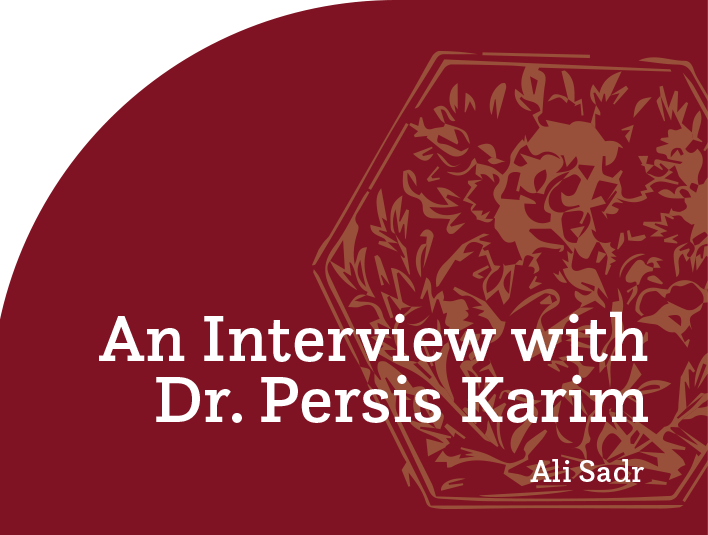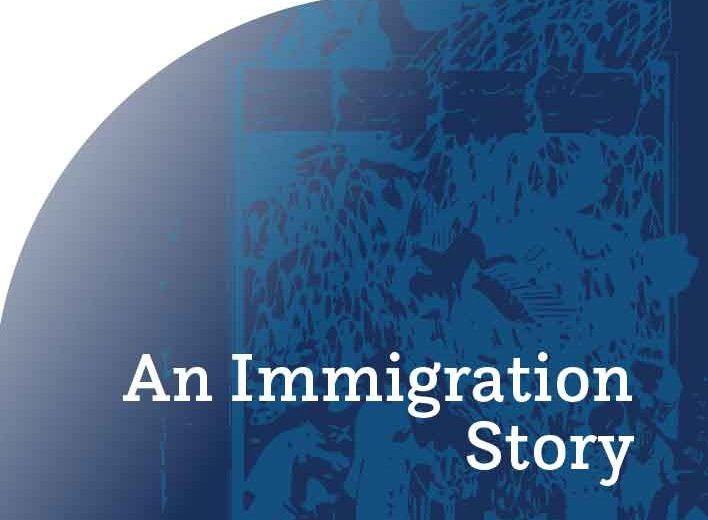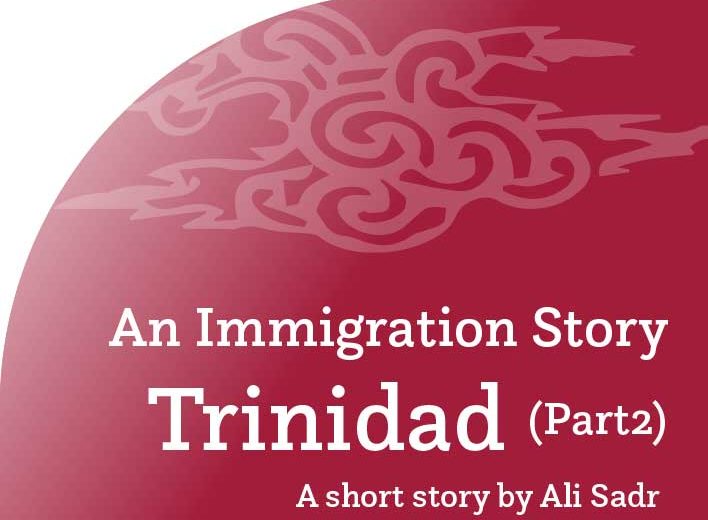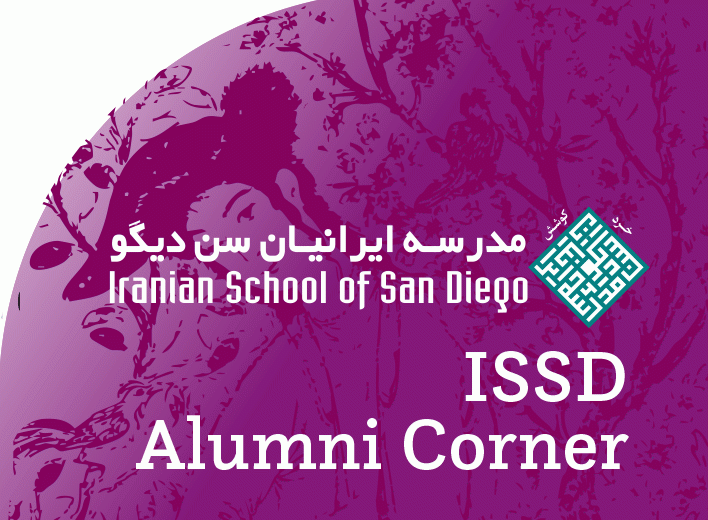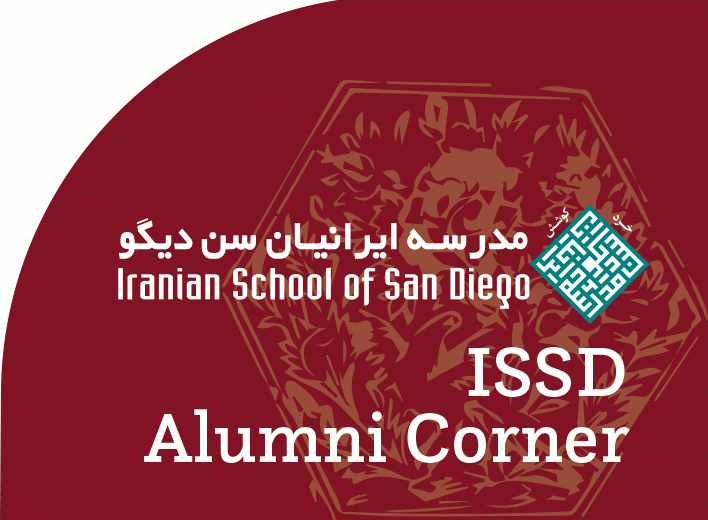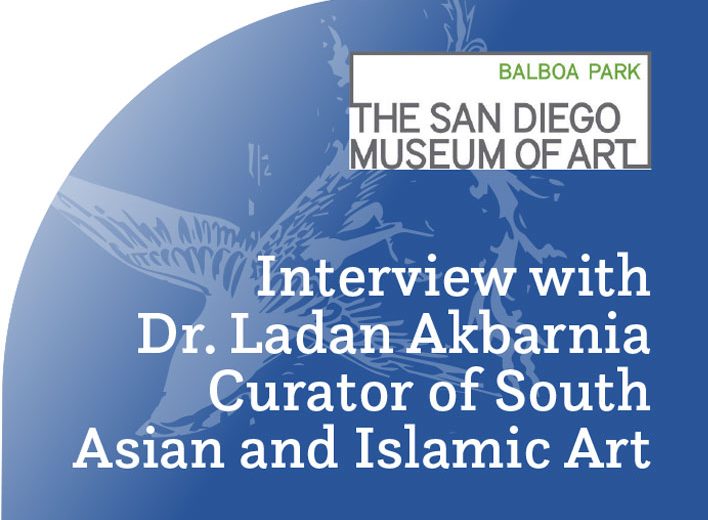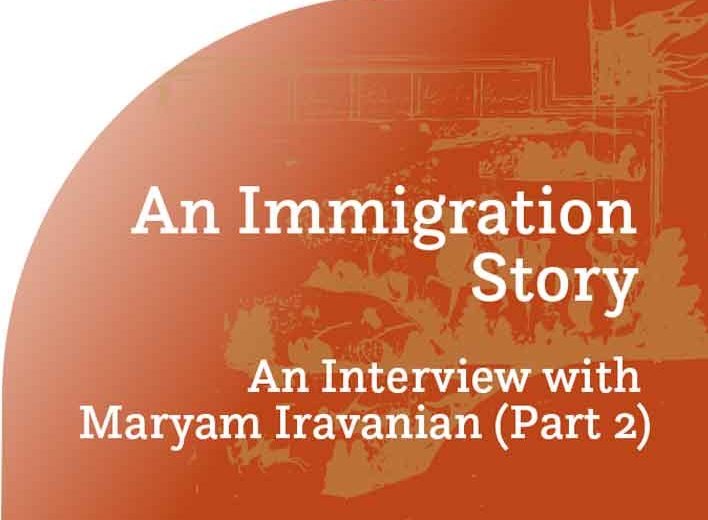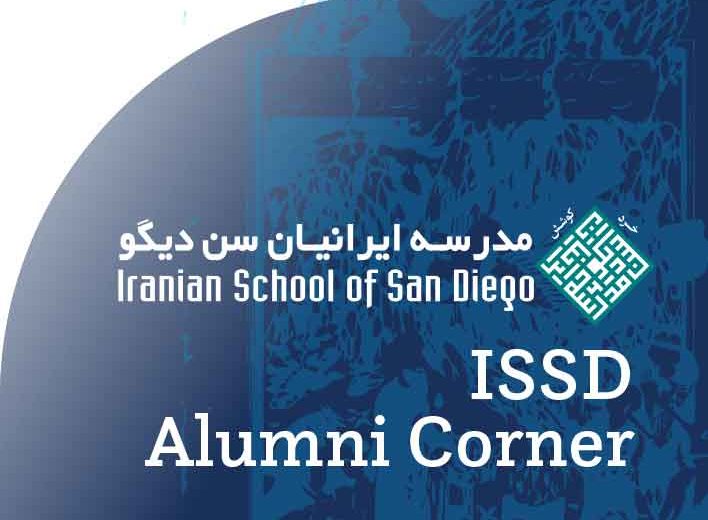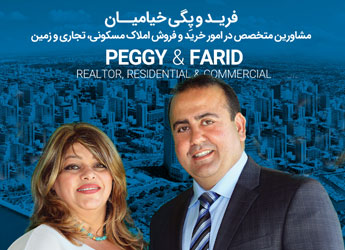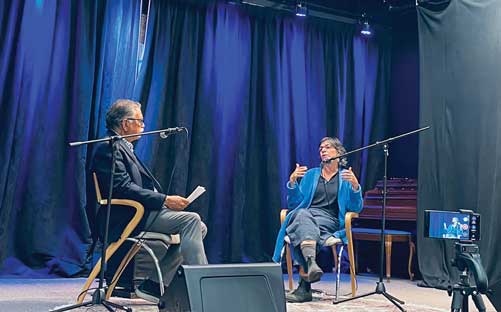 An Interview with Dr. Persis Karim
An Interview with Dr. Persis Karim
Persis Karim is the director of the Center for Iranian Diaspora Studies at San Francisco State University, where she also teaches in the Department of Humanities and Comparative and World Literature. She has edited three anthologies of Iranian diaspora literature and published numerous articles in academic journals, alongside poetry and essays in non-academic publications. Her first film, The Dawn is Too Far: Stories of Iranian-American Life reflects her commitment to documenting and sharing the broader history and personal narratives of those within the global Iranian diaspora.
We screened this documentary at PCC’s latest Jong e Farhangi program on November 22, 2024. I had the pleasure of engaging in a lively conversation with Dr. Karim, and this program’s video is available on the PCC YouTube channel. Below is a polished version of our interview.
Ali Sadr
——————————————————————————-
Ali Sadr (AS): First, I want to congratulate you and thank you for this beautiful film. As far as I know, you are a poet with a background in literature. What inspired you to make a film instead of focusing on literature?
Persis Karim (PK): As a person invested in literature and storytelling, I wanted to experiment with another format. I had done a digital storytelling project in 2013 about Iranian Americans in Silicon Valley, but I felt film offered an opportunity to capture the stories of an important group of people in the Bay Area. When I became director of the Center for Iranian Diaspora Studies, I wanted to document and share the stories of Iranian Americans—and to highlight their stories, contributions, as well as their challenges. This was one of the primary missions of the Center.
AS: I’d like to ask about your personal background: Are you an immigrant yourself?
PK: No, I’m not an immigrant, but my perspective is deeply connected to my immigrant parents. My father came from Iran in 1946 and my mother from France in 1947. They were both “accidental immigrants” who came here after World War II and the direct experiences they had with military occupation of their respective countries. I was born and raised in Northern California, and I grew up with little knowledge and cultural exposure to Iran and Iranians. But as my father’s extended family began arriving, and as more Iranians came in the context of higher education, I became more curious. I came of age during the 1979 revolution, and I knew there was much more to Iran and its people than what was being depicted in the news headlines. My entire career since college has been informed by an interest in immigration, and especially in the experiences and stories of Iranians who came to this country—first by choice, and later, to a great extent out of “survival.”
AS: Can you tell us about the Center for Iranian Diaspora Studies? When was it established, and what is its mission?
PK: The Center was established with a gift from Neda Nobari, an alumna of San Francisco State University, in 2016. It was and continues to be a bold endeavor as it is the first and only center dedicated to the study and scholarship of the Iranian diaspora. I was hired to direct the newly-established Center in 2017. It was a dream of mine to do academic and cultural studies that documented and shared the stories and experiences of Iranian Americans since I started my Ph.D. in 1990. I was the editor of three anthologies of Iranian diaspora literature by the time I started the directorship at the Center, and I felt the landscape of Iranian Americans had been shaped by not only history within Iran, but also the policies and politics of this country. It needed to be studied, and those stories needed to be documented.
Fundamentally, we are in danger of losing part of our history as Iranian Americans, because older generations who came here either before the revolution, or immediately after, are our most intimate connection to Iran, its history and culture, but that culture is also adapting, evolving, and being re-shaped by our experiences in North America. I see the work of the Center as preserving and studying these changes, these adaptations, as well as the challenges we’ve faced in being seen and represented beyond those persistent and recycled news headlines that are really about the antipathy between two governments.
AS: How long did it take to make the film?
PK: My co-director and I started working on the film actively in 2018, but we had many challenges in those first years. We had to raise money, and then there was the lockdown and the lingering effects of COVID-19 that made it challenging to continue shooting the film. We picked it up again actively in 2022, but had other challenges, including the other co-director becoming sick. Ultimately, I knew it had to get finished, so I pushed through last year, and used some of the Center’s resources to complete it. Even before I was done with it, I learned that the donor had changed her mind and decided to withdraw support from the Center to fund student scholarships instead. That was deeply distressing and continues to be. This film is essentially one of the culminating projects of the Center for Iranian Diaspora Studies and its all-too-short life. I’m still so sad about this; there are so many important projects, collaborations, and scholarly efforts to undertake in this field.
AS: The movie features a group of individuals who immigrated to the U.S. and settled in the Bay Area. How did you choose these particular individuals to feature?
PK: I chose to focus on these individuals for three reasons: 1) I wanted to show people who helped build a unique and sustained sense of community among Iranians and their families, as well as fostering a vibrant cultural scene in the Bay Area; 2) I wanted to highlight arts and culture, rather than some notion of financial or social success; and 3) I wanted to show a longer trajectory of history—not just 1979 and its aftermath, but the ways that people contributed to this region through their work and vision. I knew many of these people, and we interviewed many more, but because of the challenge of money and time limitations, we had to narrow it down. We landed on a smaller group of people who had ties to each other.
AS: One of the film’s strengths is the absence of a narrator; each character tells their story in their own way, which is unusual for documentaries. What motivated you to take this approach?
PK: I felt strongly that we needed to hear the stories from the “characters” themselves—that it is their story, and that it is not a linear chronological story. It is a human story of optimism, strength, disappointment, pain, and even alienation. I think the power of Iranian culture is always traced back to its poetry and sense of the poetic; to me, that felt like an approach that was needed. There is no salvation narrative—how great we are, how great America is, and how it saved us; we have to confront loss, disappointment, redemption all the time in human history. Iranians are no exception. So, I wanted to give voice to these really creative and thoughtful people. I also wanted the structure to be poetically-driven. My co-director and the fantastic editors who worked on this immediately understood this. I also wanted the film to capture something more: the sense of what is possible in the U.S. as a place to reinvent oneself. People are better at showing us these processes if we trust them to tell their story and trust the audience to hear the complexity of a story.
AS: You included clips from a homemade film from 1961 at both the beginning and end of your documentary. What is the story behind this film, and why did you choose to incorporate it, especially given its apparent lack of direct connection to the characters?
PK: The film Norouz was made in 1961 by a German-American woman named Marie-Louise Stine who had been commissioned by the then-Consul General, Majid Rahnema, who was at the Iranian Consulate in San Francisco. Peter Stine, the filmmaker’s son, contacted me in 2020, after he read an interview with me on the CNN website in which I had spoken about the impact of the Trump Administration’s assassination of General Suleimani and the fear that Iranians in this country had about a military confrontation. Peter came and showed me a DVD of the film, and I knew it was a treasure for all sorts of reasons. He donated the actual film to me nearly a year later, and I had it restored.
Peter conveyed his own experience of knowing Iranians, but especially of his boyhood living next door to the Iranian Consulate and the friendship that he and his sister and brother had with the Rahnema family. He remembered them so fondly, and he told me that all throughout his adulthood, he knew that the media was only representing a sliver of Iran and its people. He always wondered what happened to those kids. I did some detective work, and I found the sister Pouneh in Iran and the brother Kaveh in France. We had an event two years ago in which we shared the restored Norouz film online and we had a Zoom conversation with Peter and Pouneh and Kaveh. Finally, last year, Pouneh and Peter met again for the first time in 60 years. It was such a beautiful part of the film I was working on; I felt it had to be in the film, because it shared that early history of Iranians coming to the Bay Area, mostly for higher education. But it also showed the ways that accidental immigrations are also the early roots for a diaspora, too. I wanted to offer the visuals of that longer history as well as to pay tribute to Peter and his mother’s film and to a time when there was real friendship between Iranians and Americans.
AS: Fascinating story! This film offers a glimpse into the lives of Iranian immigrants in the U.S., but I know there are many more stories to tell. Are there plans for sequels or additional parts?
PK: Well, I have no plans, as I will soon lose (starting in June 2025) my position and the platform I have helped to build in the Center for Iranian Diaspora Studies. It’s such a shame, really. There are so many important and unique stories—not just among immigrants, but also among the second and third generation. I encourage others to take up this work, to draw on the idea of storytelling as a kind of salve for the awful anti-immigrant rhetoric that sadly is part of this next administration’s policies. We need this history to be documented. It is our history. A history of Iran and America. A history of belonging and non-belonging. Of challenge and resilience. Storytelling is one of the things that can save us—not just as a culture, but also as a species.
AS: How can people watch this film? Will it be available online?
PK: I am currently still trying to share the film in person; I just finished it in August 2024. After I get a chance to share it in person, and possibly in film festivals, I will try to share it at an online screening before the Center closes. Eventually, people will be able to see it, but I need to make sure it gets its full due first. I worked so hard on it. I want it to walk in the world, but I also want people to see it in audiences where we can talk about it. It evokes so much feeling, so many sentiments that deserve to be shared in conversation.
AS: Thank you very much for your time, and I wish you all the best.
